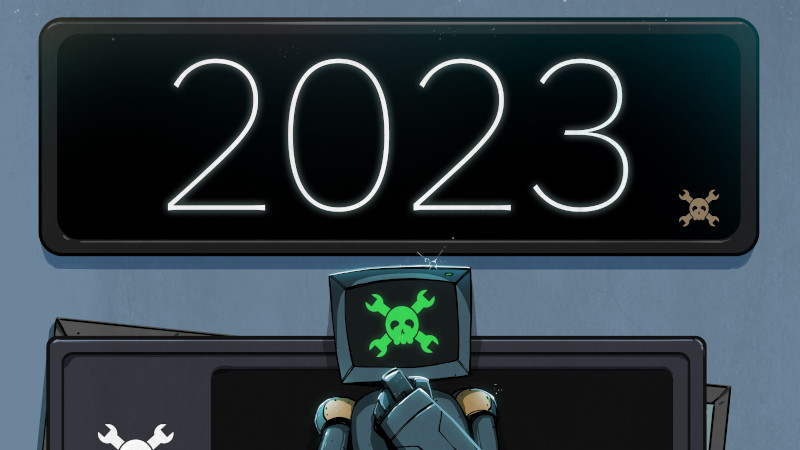
[Tom Nardi] and I were talking on the podcast about 2022, and how it went from the hacker’s perspective. As the global chip shortage entered its second full year, we both thought back on the ways that we all had to adapt and work around the fact that we just couldn’t get the parts we were accustomed to picking up with ease.
What had previously been an infinite supply of knockoff Arduino clones and STM32 Blue Pill boards all of a sudden just dried up. Sometimes you just couldn’t get the DAC chip you wanted, or at least not without many weeks’ lead time, and even then, it’d cost you. Raspberry Pi single-board computers became hard to find. PCB designs had to change and new SDKs needed to be learned. I know I had to grab twice for unfamiliar microcontroller platforms this year.
We hacked around the problems. It would be absurd to say that the chip shortage wasn’t a pain in the posterior, but in the end we all managed to carry on and keep creating. We created more flexible footprints, learned to design around what we could get, and definitely had to do more planning. We pulled parts for projects out of the junk box or shelf stock. Or, as Tom noted, we did what everyone in the parts of the world who aren’t as fortunate to get free expedited shipping does – we made do.
Making do often meant learning new environments, questioning old habits, and double-checking pinouts. But if you’re like me, not all of that time was wasted. Sometimes it’s good to get shaken out of comfy workflows, even if by force. So while we wish you parts-in-stock and easy availability for 2023, don’t forget the lessons learned from 2022. Stay scrappy, Hackaday!
0 Commentaires